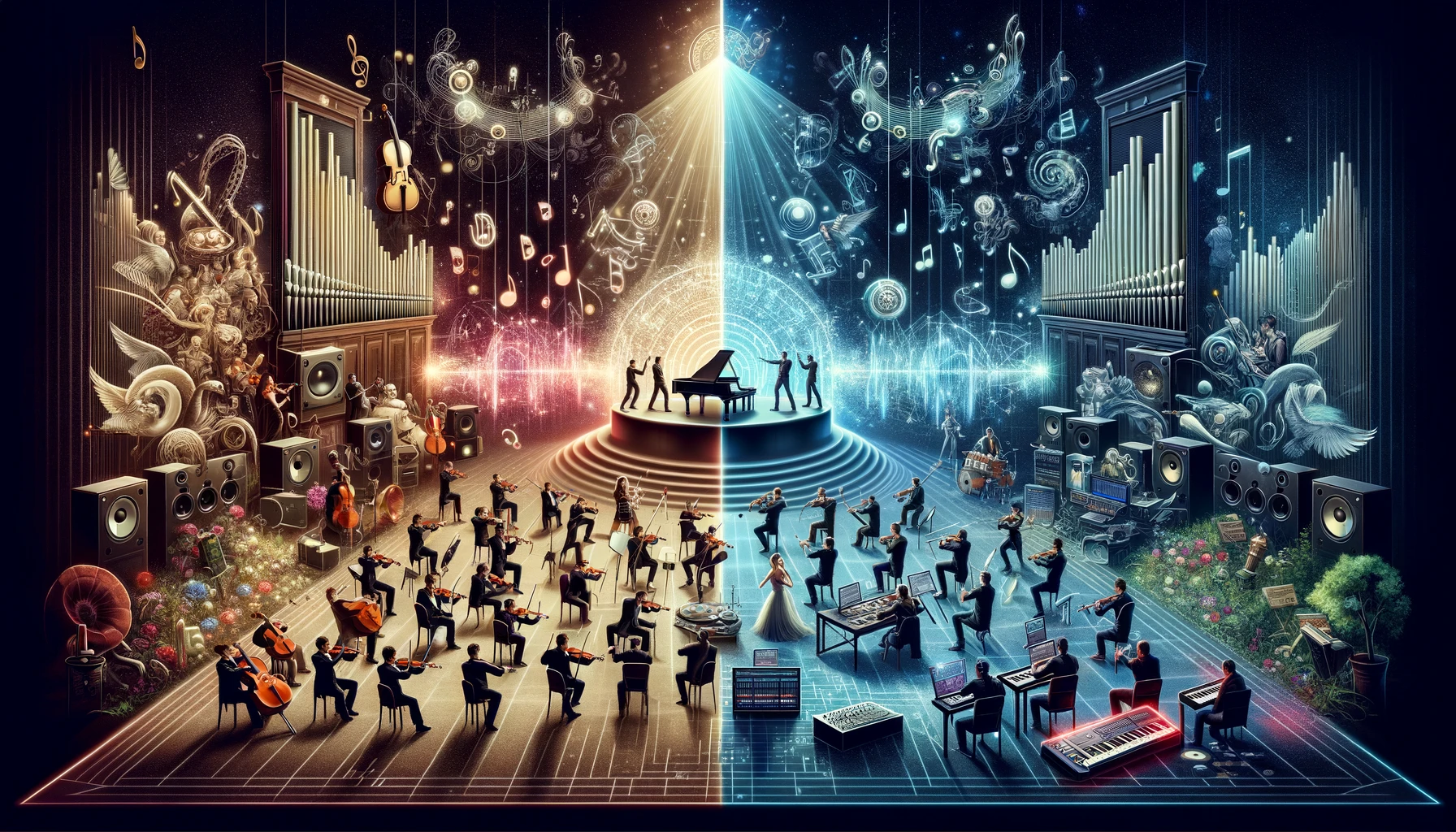Let’s dive into the fascinating world of bilateral music in therapy, a topic beautifully explored in David Grand’s book, “Brainspotting.” Imagine you’re sitting in a cozy room, the soft sound of music enveloping you, creating a sense of calm. This isn’t just any music; it’s bilateral music, and it plays a special role in the therapy world. Now, let’s chat about how these two come together in a therapeutic dance, shall we?
David Grand, a name you might already be familiar with if you’re into psychology or therapy, was introduced to EMDR back in 1993 by none other than Dr. Francine Shapiro, the creator of EMDR. He saw its potential and started using it to help his clients navigate through their healing journeys. But here’s the thing—while EMDR was a game-changer for many, it could be a bit intense for some folks. The rapid eye movements and deep emotional work were overwhelming for a few. Picture yourself going through a therapy session and finding the process a bit too much to handle. That’s where Grand’s genius comes in.
To make things a bit easier on everyone, Grand tweaked the process. He slowed down the eye movements and introduced a shift in focus. Instead of dwelling on distress, clients were encouraged to find areas in their body where they felt calm and grounded. It’s like finding a safe harbor in the midst of a storm.
But the real breakthrough came with the introduction of bilateral music, or what Grand calls BioLateral Sound. Instead of sticking to the traditional tones used in EMDR, which frankly, some folks found annoying, Grand looked for something more pleasant to the ears. He created CDs filled with gentle, bilateral nature sounds and music. Imagine sitting there, eyes closed, and there’s this soothing music playing, helping you feel calmer with every note. This wasn’t just a nice touch; it was transformative. It made the whole EMDR process more bearable and, believe it or not, even more effective by creating a soothing auditory environment that encouraged deeper emotional processing.
Let’s delve a bit deeper into how bilateral music works its magic, especially in the context of therapy. You see, at the heart of EMDR—and what makes it so unique—is the concept of bilateral stimulation. This typically involves engaging both sides of the brain through side-to-side eye movements, taps, or sounds. The idea is to mimic the natural process of REM sleep, which is believed to help the brain process and integrate traumatic memories or emotions. Now, here’s where the plot thickens and gets even more interesting with the addition of bilateral music.
Bilateral music, like the kind David Grand incorporates into his therapy sessions, isn’t just any background music. It’s crafted to create bilateral stimulation, similar to the eye movements in EMDR. But instead of moving your eyes back and forth, your brain is engaging with sounds that alternate from one ear to the other. This auditory experience essentially encourages the brain to synchronize, facilitating communication between the left and right hemispheres. Imagine a bridge being built, connecting two islands that were previously operating independently. This bridge allows for a smoother flow of traffic—or in this case, thoughts and emotions—between the two sides.
The synchronizing effect of bilateral music on the brain is just the tip of the iceberg. It also helps to reduce anxiety, foster a deeper sense of calm, and prepare the mind and body for the therapeutic work ahead. By creating a more relaxed state, clients may find it easier to access and process difficult memories or emotions. It’s akin to softening the soil before planting seeds; the music makes the mind more receptive to healing.
Moreover, this method of incorporating bilateral music offers other benefits, such as enhancing mindfulness and presence. In the safety of a therapeutic setting, with calming sounds enveloping them, clients can become more grounded in the present moment, a crucial step in the healing journey. This heightened state of mindfulness can lead to increased self-awareness and insight, as clients are better able to observe their thoughts and feelings without getting swept away by them.
So, when we talk about bilateral music in therapy, we’re not just discussing a pleasant auditory experience. We’re looking at a sophisticated tool that leverages the brain’s natural tendencies for healing. It enhances the therapeutic process, not only making it more tolerable but also more effective. By harnessing the power of sound in such a targeted way, therapists can facilitate a deeper, more holistic healing experience. And that, my friends, is the beauty of blending art with science—the melody of music with the rhythm of the brain, all dancing together in the name of healing and growth. Isn’t it fascinating how something as universal as music can play such a specialized role in our well-being?

